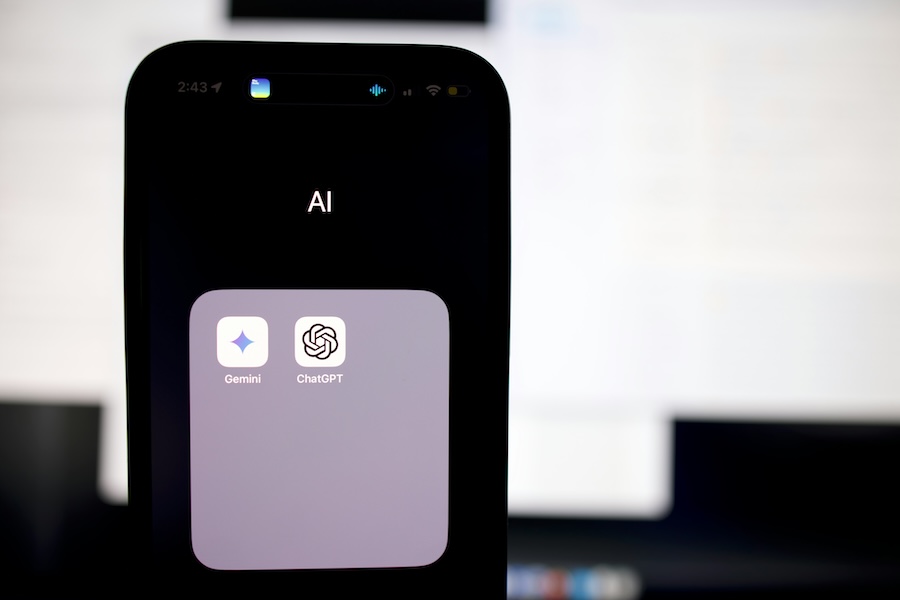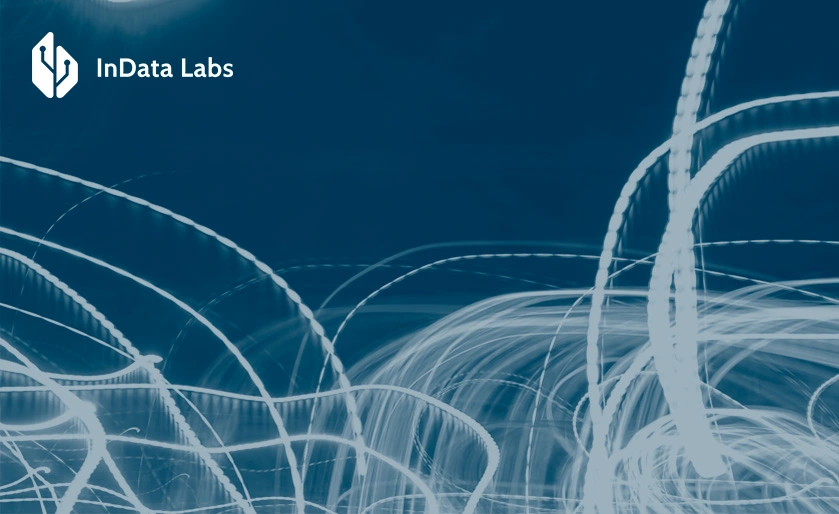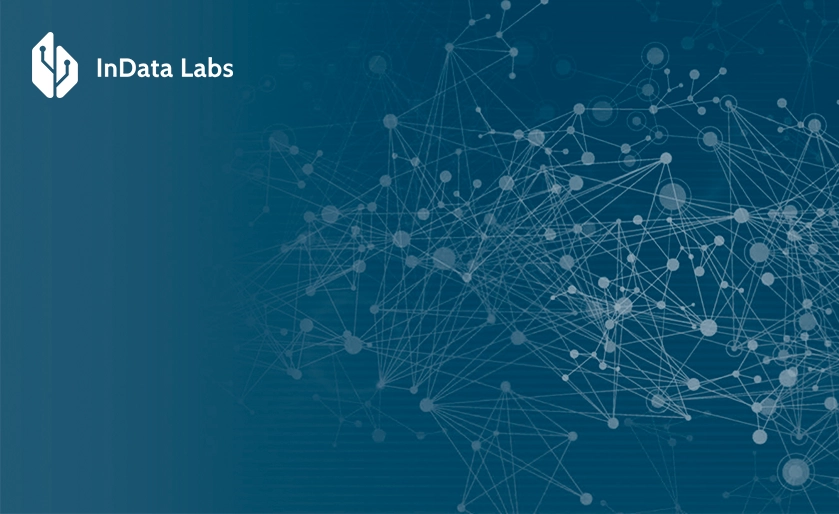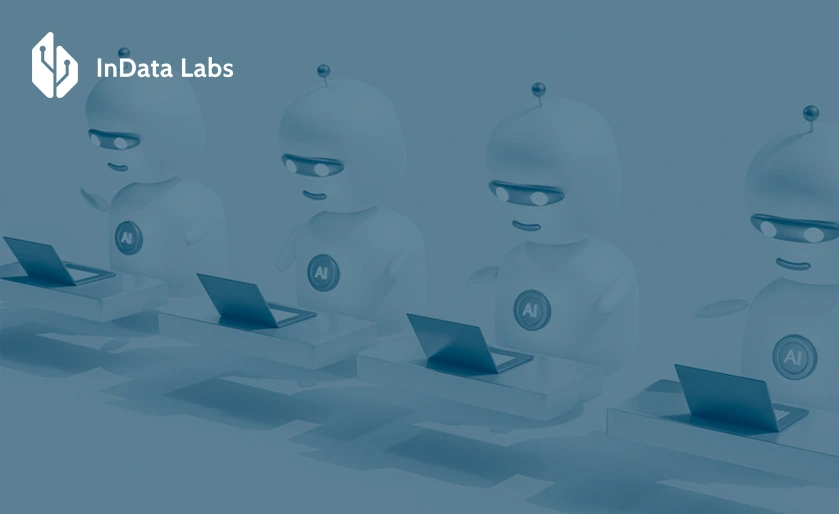OpenAI has garnered significant attention from businesses and consumers alike. This prominence is well-warranted, too, as there are many OpenAI use cases for organizations across industries.
Generative artificial intelligence (AI) models like ChatGPT and Dall-E propelled OpenAI into the public eye, but its platforms’ applications stem far beyond content generation. The company’s technologies suit many of the top AI applications for businesses today, and others open new opportunities some organizations may be unable to capitalize on otherwise.
While OpenAI certainly isn’t the only company developing AI models today, it’s hard to ignore its potential. Businesses hoping to capitalize on that promise should start by learning relevant use cases for OpenAI.
OpenAI use cases
OpenAI’s ready-to-use products like ChatGPT are the easiest way to take advantage of this platform. While it may have risen to prominence as a consumer product, there are many business benefits of ChatGPT, too. Here are some of the most significant use cases.
Streamlined research
Research is one of the most helpful ChatGPT use cases for business today. While it’s a crucial part of content creation or learning about certain markets, manual approaches are inefficient. This need for efficiency makes it an ideal business use case for generative AI.
Employees can type research questions into ChatGPT to get almost immediate answers that may take hours to find otherwise. AI models like ChatGPT can scour data for insights far faster than a human can. Because it’s a natural language model, it can also provide this information in a way that’s easier for workers to understand.

Source: Unsplash
That natural language interface makes research with ChatGPT more user-friendly than conventional methods. Employees can use the tool by dialoguing with it as they would a co-worker. Consequently, businesses get AI’s speed and accuracy without requiring technical knowledge or skills.
This use case has only become more viable over time, too. Previously, ChatGPT’s knowledge base ended with events in 2021, as that’s where its training data ended. Now, the model has access to real-time data through the internet, letting it provide more accurate, up-to-date answers.
Drafting content
ChatGPT is most famous for generating human-like text, which presents another key business use case for OpenAI. Commercial content creators can use the model to draft blogs, social media posts, or other copy to create compelling content in less time.
Writing a single blog post takes at least two hours for 78% of writers, taking upwards of five for some. Generative AI, by contrast, can create a full-length blog post in mere minutes if not seconds. This product may not be ready for publication in the state AI presents it, but removing the manual effort in the first draft saves a substantial amount of time.
Human experts should always have the final say with any type of content. Today’s AI has too many hallucination, plagiarism and unengaging language issues to use without revision. However, it’s a powerful tool for first drafts. ChatGPT’s content provides a helpful starting point for content creators who can then edit and refine it without worrying about the writer’s block that typically hinders the early stages. As a result, businesses can create a larger body of engaging content with less time and energy.
Translation
Translation services are another promising OpenAI use case. Many businesses today are expanding internationally as online connectivity opens new potential markets and regional labor challenges push HR departments to hire foreign workers. However, language barriers can slow these initiatives. ChatGPT can help through immediate, reliable translation.
As a natural language model, ChatGPT can seamlessly translate between languages to enable easier collaboration between coworkers with different mother tongues. Alternatively, businesses can use this feature to tailor marketing materials to an international audience in minimal time. OpenAI also has a tool called Codex that translates natural language into code. This type of translation may be a less obvious application but has equally significant benefits.

Source: Unsplash
One of the most helpful OpenAI Codex use cases is addressing the tech talent skills gap. Finding tech talent is the most commonly cited concern for many organizations today, especially when considering the implementation of new technologies. Codex helps by letting workers with minimal or no programming experience code through natural language. Businesses can then grow tech talent from within instead of fighting in a competitive tech labor market.
Visualizations
OpenAI’s visualization capabilities also deserve attention. Dall-E can produce images from natural language inputs, which presents several promising opportunities for businesses. The most obvious application of this OpenAI case is to generate article thumbnails or other visual media. Posts with visual content tend to perform better than those without, but creating unique artwork for each is time-consuming. Dall-E produces four images in roughly 40 seconds for each prompt, removing those time concerns.
As with copy-related content, it’s best to have human experts review and edit these visuals before posting. However, this AI-driven approach is still more efficient than entirely manual alternatives, even taking this editing step into account. Alternatively, businesses can use OpenAI tools to make engaging visualizations of otherwise difficult-to-understand data. That way, organizations can make data-driven decisions in minimal time without requiring extensive analytical skills or knowledge.
OpenAI API use cases
As helpful as OpenAI’s ready-to-use services are, businesses have arguably more to gain through their application programming interfaces (APIs). These APIs let organizations integrate ChatGPT and other OpenAI tools into their own products and services to take the business case for AI further.
Chatbot development
The most straightforward OpenAI API use case is to build custom chatbots on the GPT model. This approach to chatbot development brings the accuracy and usability of ChatGPT to businesses’ tailor-made chatbots. Using OpenAI’s API instead of building a chatbot from the ground up has several benefits.
Developing a chatbot from scratch is a complex and time-consuming process. Natural language processing (NLP) models are difficult to build and train. OpenAI’s GPT models already have a proven track record and are ready for integration. Taking this route minimizes development time, reduces costs and ensures chatbot reliability.
Businesses can’t overlook the potential of chatbots for serving their clients. These automated systems can respond to customer queries 24/7 — something that would otherwise require a tremendous help desk workforce. Chatbots can also field complex questions before directing users to human experts to match them with the best option for better customer service.
ChatGPT had the fastest-growing user base of any consumer application in history. Businesses would likely struggle to match that level of reliability and engagement by building an alternative chatbot from scratch. Using OpenAI’s API is both more effective and more cost-efficient as a result.
Sentiment analysis
User sentiment analysis is another promising OpenAI use case. Businesses must understand how their target market feels about their offerings and those of competitors to form relevant, effective strategies. However, analyzing hundreds, if not thousands, of reviews and social media posts is highly inefficient. OpenAI APIs have an answer.
Because OpenAI specializes in language models, their APIs are an ideal fit for pulling insights from natural language. AI models built on this platform can parse vast amounts of data in minutes and summarize the results in natural language. It then becomes easier to understand consumer trends and preferences.
Sentiment analysis is particularly useful for AI applications in fast-moving consumer goods (FCMG). These products face highly volatile market shifts, so predicting consumer behavior is key to preventing significant disruptions and losses. OpenAI APIs can provide real-time insight into developing consumer trends to enable these predictions.
This API use case is also helpful for analyzing workforce sentiment. Pulling insights from employee feedback and conversations can tell a business where its internal operations and policies must improve to boost morale or productivity.
Personalized marketing
Once businesses understand their consumer base’s sentiment, they can use OpenAI APIs to customize their marketing materials. Personalization is a major part of marketing campaign optimization but is difficult and time-consuming to do manually. AI makes it easier.
OpenAI’s natural language generation capabilities let it produce results in a wide variety of tones, reader levels and formats. Consequently, marketers can give it baseline copy and generate multiple versions for different audiences with a few clicks. Pairing this with consumer data analytics functions enables even faster and more accurate marketing personalization.

Source: Unsplash
This personalization improves customer engagement by ensuring the right message reaches the right people in the right way. Today’s customers demand it. As much as 71% of consumers today expect personalized business interactions, and 76% get frustrated when companies don’t meet that expectation. As language models encounter more human language, they’ll get better at matching different tones and audiences. As a result, this use case will only get more effective at improving customer satisfaction and driving sales.
Process automation
OpenAI API use cases extend beyond customer-centric processes, too. Businesses can also use this technology to automate repetitive processes. Because generative models are what OpenAI does best, language-based tasks are among the best to automate through these APIs.
Coding basic programming tasks or drafting outreach emails are great examples. OpenAI APIs are also ideal for data entry. Using a single system for data entry minimizes errors and inconsistencies, and automating the process takes these benefits further. Language models can’t get distracted or bored so they’re less likely to make mistakes in these unengaging workflows.
Analytical tasks like fraud detection and demand forecasting benefit from this kind of automation, too. Sifting through data to discover trends is difficult and inefficient to do manually, but OpenAI business use cases make it relatively easy.

Supply chain analytics
Data analytics is a leading AI for business use cases for many companies. Under that umbrella, data-driven supply chain management is one of the most beneficial AI applications, and OpenAI APIs can help here, too.
AI in food supply chain management, for example, can analyze real-time data from Internet of Things (IoT) trackers to ensure food stays in safe shipping conditions throughout the logistics process. FMCG companies can use similar analytics to track shipment locations. That way, they can offer more accurate shipping timelines to e-commerce customers.
Using OpenAI to analyze supply chain data can also reveal inefficiencies or excessive costs. These challenges are common in supply chains but difficult to spot, given these networks’ complexity. Since OpenAI APIs can spot trends in large data sets so accurately, they’re ideal solutions for this issue.
Businesses could also use OpenAI’s generative features in supply chain management. Automatically drafting and sending out supply chain partner communications could enable more agile collaboration to adapt to disruptions more effectively.
Azure OpenAI use cases
Companies hoping to capitalize on business use cases for generative AI don’t need to stick to ready-made apps or using OpenAI APIs directly, either. Now that Microsoft is a major stakeholder in OpenAI, it offers access to OpenAI models through its Azure platform.
Azure OpenAI use cases cover much of the same ground as general use cases for OpenAI but may be easier for workforces already familiar with Azure. Microsoft Azure is one of the most popular public cloud providers, so many organizations may store their data on the platform. Using Azure OpenAI is a natural fit, as they can deploy this technology where their data already is.
Use cases for Azure OpenAI include content generation, IT automation, fraud detection and even highly technical applications like medical diagnoses. Businesses that already use Microsoft’s AI tools can also easily integrate these with OpenAI to push their results further.

Source: Unsplash
Considerations for using OpenAI in business
However a company approaches OpenAI use cases, they must keep a few things in mind. AI is a powerful tool, so organizations must manage it with care to use it safely and effectively.
First, businesses must review their in-house technical expertise. Some organizations will find large language model development more challenging than others due to a lack of AI programming experience. Companies without much AI skills or knowledge may prefer to use off-the-shelf OpenAI-based products or partner with a knowledgeable machine learning provider who can walk them through it.
It’s also essential to view business use cases for AI as solutions to an existing problem, not a chance to implement new technology for technology’s sake. Clear objectives are among the most important criteria for successful AI projects, and non-targeted AI applications can quickly become expensive. Instead of looking for areas to fit AI into workflows, look for issues and consider if OpenAI APIs could be the solution.
Cybersecurity is also crucial. Using OpenAI solutions minimizes the need for some training data, but these models still require vast amounts of data to deliver results. Businesses must keep these databases secure, monitoring them for potential breaches to prevent data-poisoning attacks. Removing identifiers from AI data is also best, as it stops privacy breaches and minimizes the risk of bias.
Finally, companies should consider how their OpenAI use affects people — both their employees and customers. Always use AI as an aid to human workers, not a replacement. Keep privacy and bias factors in mind when applying AI to human-centered applications.
Capitalize on these OpenAI use cases to stay ahead
These use cases of OpenAI can help businesses stay ahead of the competition and improve their workflows for both employees and customers. All benefits begin with recognizing this technology’s potential.
When businesses know what OpenAI offers, they can apply it more effectively to their existing operations. Capitalizing on this technology will help them surge ahead and remain relevant in a tech-centric environment.



